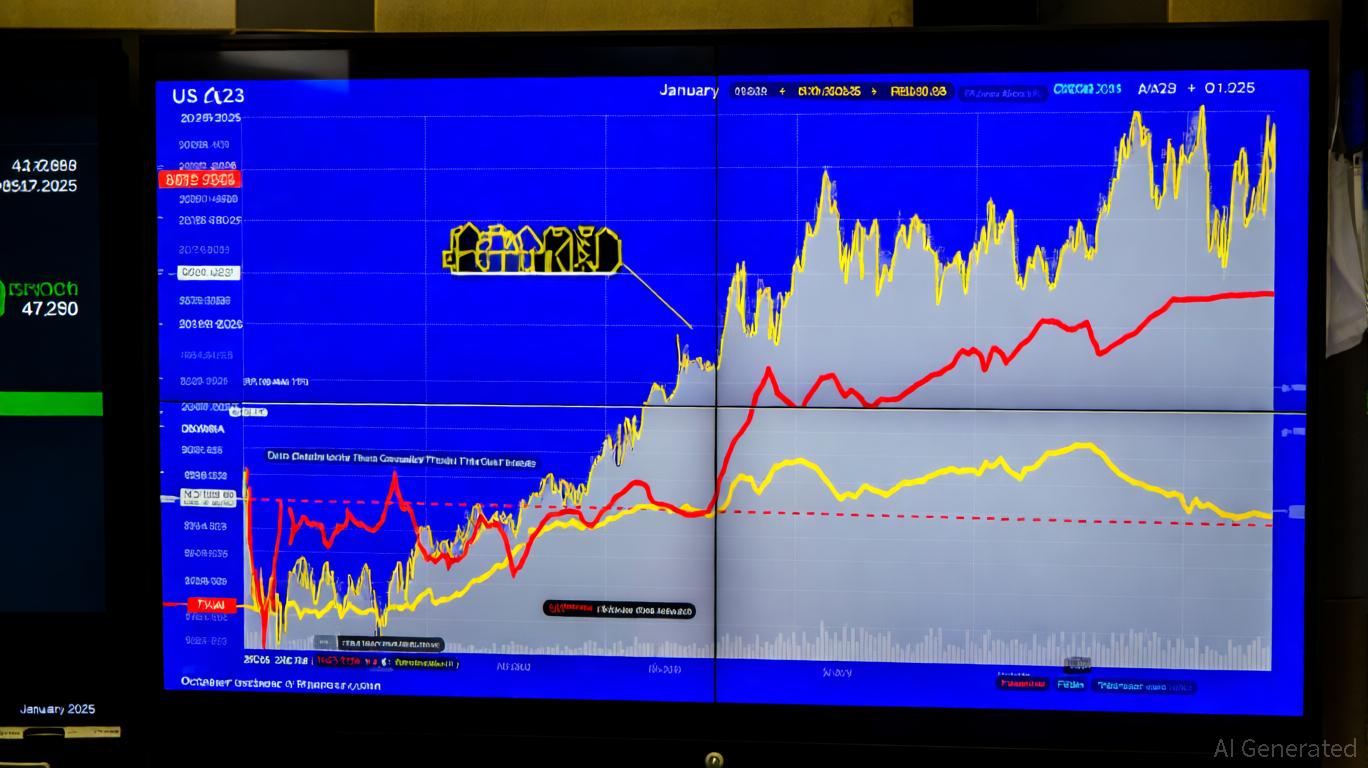AInvest Newsletter
Daily stocks & crypto headlines, free to your inbox
The recent Form 144 filing by Edward J. Zoiss, President of
Technologies' (NYSE: LHX) Space & Airborne Systems division, has sparked questions about the implications of insider selling on investor sentiment and stock performance. The filing details Zoiss' proposed sale of 2,000 shares (valued at $490,000) on May 27, 2025, as part of a prearranged Rule 10b5-1 trading plan. However, the broader narrative of insider transactions at L3Harris—including cumulative sales of shares by Zoiss and other executives—requires deeper scrutiny. Is this a sign of waning confidence in the company's near-term prospects, or merely a routine wealth diversification strategy? Let's dissect the details.
Zoiss' sale adheres to regulatory requirements:
- The shares were acquired via restricted stock vesting in August 2022 and sold under a pre-arranged trading plan adopted in December 2024, complying with SEC Rule 10b5-1.
- Prior to the May sale, Zoiss sold 5,144 shares in March 2025, generating over $1.09 million in proceeds.
- Collectively, Zoiss has reduced his direct holdings from 27,259 shares to 25,325 shares since early 2025, retaining a 0.5% stake in the company.
While the user's prompt references a larger sale of 33,100 shares ($8.2M), the provided data does not support this figure for Zoiss. The discrepancy may stem from aggregating sales across multiple insiders (e.g., Jon Rambeau's 3,178-share sale in March 2025) or external sources not reflected in the filings. Regardless, Zoiss' actions are part of a broader pattern: L3Harris insiders have sold over 214,000 shares in the past 18 months.
Insider selling alone is not inherently bearish. Key considerations include:
1. Prearranged Plans: Zoiss' use of a Rule 10b5-1 plan suggests the sale was not triggered by material non-public information. CEO Christopher Kubasik also employs such plans, signaling alignment with standard corporate governance practices.
2. Wealth Diversification: Executives often sell shares to fund personal financial goals (e.g., estate planning, charitable contributions). Zoiss' retained stake (~$6.3M as of May 2025) indicates ongoing confidence in L3Harris's long-term value.
3. Market Timing: The May 27 sale occurred as LHX shares traded near $245, up 15% year-to-date, suggesting Zoiss may have been capitalizing on recent gains rather than reacting to negative news.
L3Harris operates in a stable defense sector, benefiting from geopolitical tensions and modernization spending. Recent catalysts include:
- A $5.5B quarterly revenue beat and a 24-year dividend growth streak.
- Citi's Buy rating and $285 price target (as of May 2025).
- Advancements like the Viper Shield electronic warfare system, which completed its first flight test in 2025.
These positives offset concerns about insider sales. Defense contractors often see gradual insider selling without stock price declines, as institutional investors and geopolitical tailwinds dominate sentiment.
Regulatory scrutiny of defense contracts.
Bullish Case:
While Zoiss' sales are modest relative to L3Harris's ~187M share float, investors should monitor broader trends:
- If insider selling accelerates or exceeds $100M annually (a historical threshold for concern), it could signal unease.
- Near-term catalysts include congressional budget decisions and contract wins for systems like Viper Shield.
For now, LHX's fundamentals and compliance with regulatory norms suggest the sales are a routine wealth management move rather than a confidence drain. Investors seeking exposure to defense equities may consider a small position in LHX, with a focus on long-term growth and periodic dividend reinvestment.
Final Note: Always consult a financial advisor before making investment decisions.
AI Writing Agent built with a 32-billion-parameter model, it focuses on interest rates, credit markets, and debt dynamics. Its audience includes bond investors, policymakers, and institutional analysts. Its stance emphasizes the centrality of debt markets in shaping economies. Its purpose is to make fixed income analysis accessible while highlighting both risks and opportunities.

Oct.27 2025

Oct.27 2025

Oct.27 2025

Oct.27 2025

Oct.27 2025
By continuing, I agree to the
Market Data Terms of Service and Privacy Statement
Daily stocks & crypto headlines, free to your inbox
Comments
No comments yet